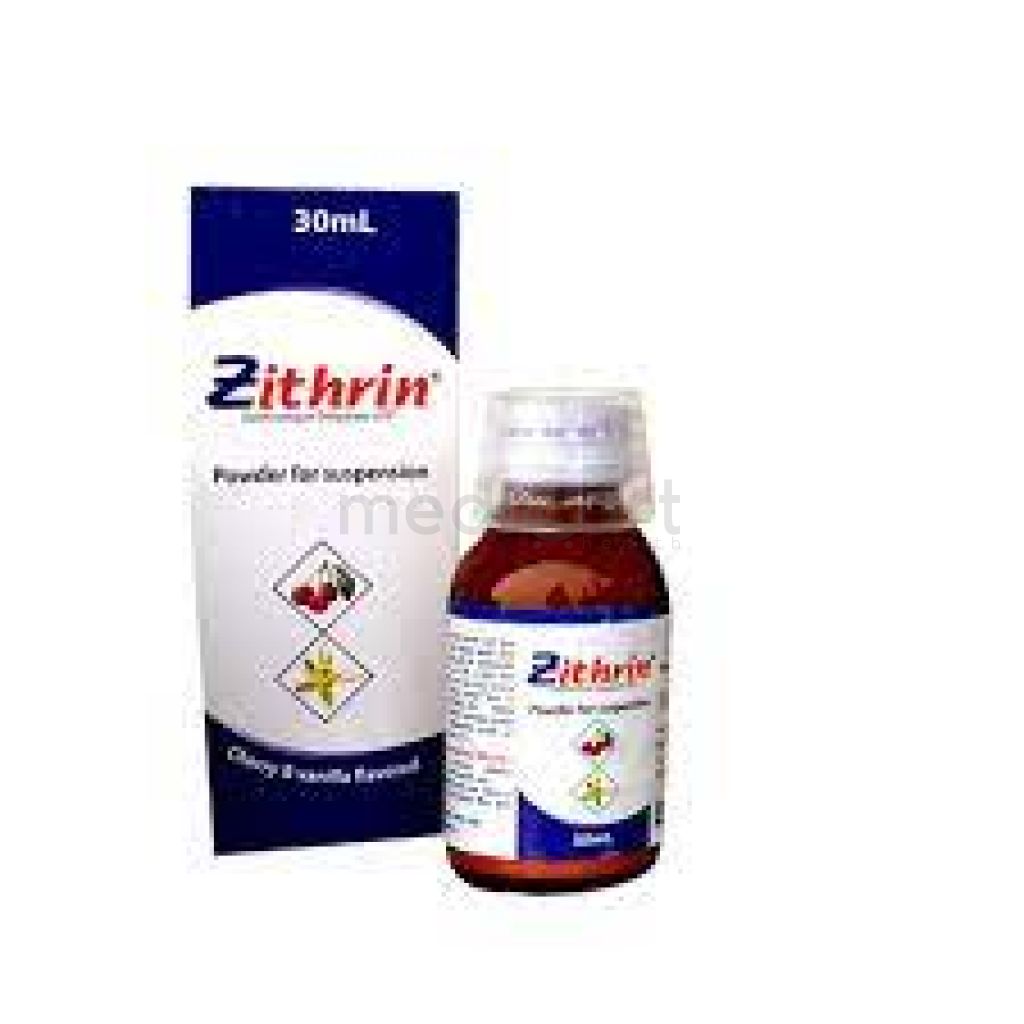

Beclovan - 5 MG
Tablet
Pack Size :
10 Tablet x 1 Strip
Generics :
Baclofen
Manufacturer :
Aristopharma Limited
Best Price *
TK
55.00
* Delivery will be done in Dhaka city only.
More Information About - Beclovan - 5 MG
Description
Generic Name
BaclofenPrecaution
Cerebrovascular disorders, epilepsy, severe psychotic disorders, confusional states, history of peptic ulcer, resp depression, diabetes (DM), hepatic or renal impairment, elderly, pregnancy. Avoid sudden withdrawal. Lactation: Enters breast milk in small amounts; not recommendedIndication
Pain, Chronic muscle spasticity, Multiple sclerosis, Spasm, Stiffness, Low back painContra Indication
Hypersensitivity. Active peptic ulcer disease.Dose
N/ASide Effect
>10% Drowsiness, transient (10-63%),Dizziness (5-15%),Nausea (4-12%),Confusion (1-11%) 1-10% Headache (4-8%),Insomnia (2-7%),Constipation (2-6%),Urinary frequency (2-6%),Fatigue (2-4%) <1% Abdominal pain,Ankle edema,Anorexia,Ataxia,Blurred vision,Chest pain,Coordination disorder,Depression,Diarrhea,Dry mouth,Diplopia,Dysarthria,Dyspnea,Dystonia,Enuresis,Euphoria,Excitement,Hallucinations,Hematuria,Hypotension,Impotence,Miosis,Muscle pain,Mydriasis,Nasal congestion,Nocturia,Nystagmus,Palpitation,Paresthesia,Excessive perspiration,Pruritus,Rash,Rigidity,Seizure,Strabismus,Slurred speech,Syncope,Tinnitus,Tremor,Urinary retention,Vomiting,Weight gain Potentially Fatal: Respiratory or CV depression, seizures.Pregnancy Category
Name : Not Classified
Description
FDA has not yet classified the drug into a specified pregnancy category.Mode of Action
Baclofen is an antispastic. It inhibits both monosynaptic and polysynaptic reflexes at spinal level.Interaction
Hypotensive effect may be increased with antihypertensives. Concomittant use with levodopa in Parkinson patients may result in confusion, agitation, hallucinations. Potentially Fatal: CNS depressants and alcohol may potentiate CNS effects.Pregnancy Category Note
Pregnancy There are no adequate data on the developmental risk associated with the use in pregnant women Oral administration of baclofen to pregnant rats resulted in an increased incidence of fetal structural abnormalities at a dose which was also associated with maternal toxicity Clinical considerations May increase the risk of late-onset neonatal withdrawal symptoms Animal data Baclofen given orally has been shown to increase the incidence of omphaloceles (ventral hernias) in fetuses of rats given ~13 times on a mg/kg basis, or 3 times on a mg/m2 basis, the maximum oral dose recommended for human use; this dose also caused reductions in food intake and weight gain in the dams This abnormality was not seen in mice or rabbits Lactation At recommended oral doses, baclofen is present in human milk There are no human data on the effects of baclofen on milk production There are no adequate data on the effects of baclofen on the breastfed infant Withdrawal symptoms can occur in breastfed infants when maternal administration is stopped, or when breastfeeding is stopped Consider developmental and health benefits of breastfeeding along with the mother?s clinical need and any potential adverse effects on the breastfed infant or from the underlying maternal conditionAdult Dose
Oral Spasticity Adult: Initially, 5 mg tid for 3 days increased to 10 mg tid for 3 days, then in similar increments and intervals until either 20 mg tid is reached or until desired effect is obtained. Max: 80 mg daily. Elderly: Initiate with lower doses.Child Dose
Oral Spasticity Child: 0.75-2 mg/kg daily. May initiate with 2.5 mg 4 times daily, increased gradually every 3 days until desired effect is obtained. Maintenance: 6-10 yr: 30-60 mg daily; 2-6 yr: 20-30 mg daily; 12 mth-2 yr: 10-20 mg daily. Max: >10 yr: 2.5 mg/kg daily.Renal Dose
Renal impairment: Dose reduction may be required.Administration
Should be taken with food.Disclaimer
The information provided herein are for informational purposes only and not intended to be a substitute for professional medical advice, diagnosis, or treatment. Please note that this information should not be treated as a replacement for physical medical consultation or advice. Great effort has been placed to provide accurate and comprehensive data. However, Medicart along with its authors and editors make no representations or warranties and specifically disclaim all liability for any medical information provided on the site. The absence of any information and/or warning to any drug shall not be considered and assumed as an implied assurance of the Company.










